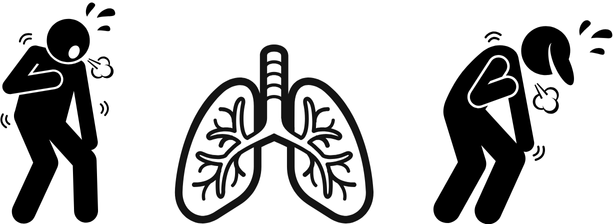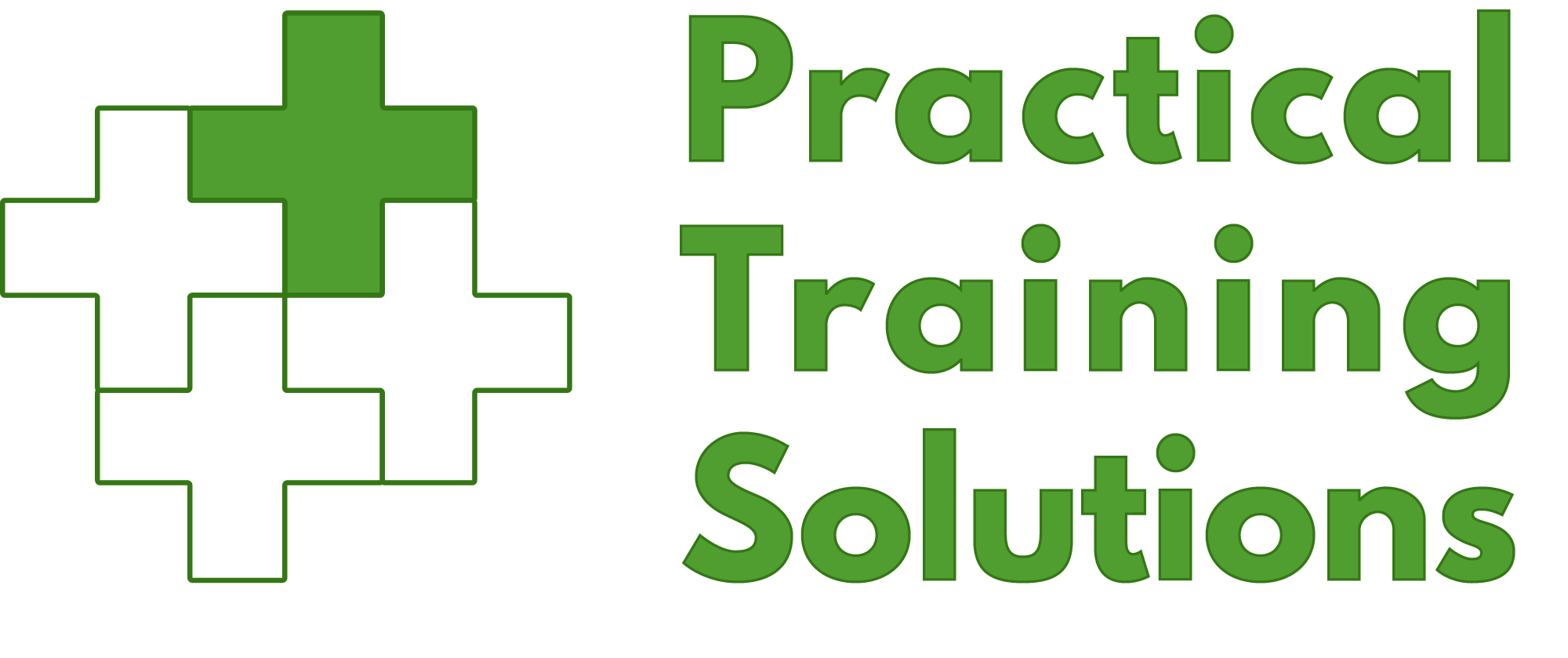Rapid Breathing
Breathing assessment
Assessment of breathing is an important part of first aid. Are they breathing normally?
Assessing for normal breathing involves observing, listening, and feeling for signs that indicate the person is breathing adequately. This assessment includes listening for added breath sounds (i.e. wheeze, hoarseness), signs of distress, effort it is taking the person to breathe, breathing depth and breathing rate.
An elevated respiratory rate can be a normal response to everyday activity (exercise), response to illness/injury, or due to anxiety/panic attacks. It may be due to several conditions, many of which are dangerous.
Serious conditions that cause breathing difficulties can also make people feel anxious. Insufficient recognition of dangerous conditions is more dangerous than overtreating a panic attack.
Panic/ anxiety attacks
Rapid breathing as part of anxiety/panic attacks alone will peak at 10 minutes resolve within 30minutes with comfort and empathy provided, and muscle tension exercises. If it hasn’t resolved or relapses within 30 minutes, other conditions need to be considered and help seeked.
Panic attack is the more likely cause of rapid breathing when:
- Symptoms do not interrupt or wake a person from their sleep.
- Symptoms occur suddenly or “out of the blue”.
- There is an absence of a trigger (ie medication, exercise).
- Can speak freely without problems.
Indicators that a panic attack/hyperventilation is due to a life-threatening disorder:
- Occurring in young child or person over 65 years of age.
- Associated with chest pain and palpitations.
- Clamminess.
- Paleness/change in colour.


